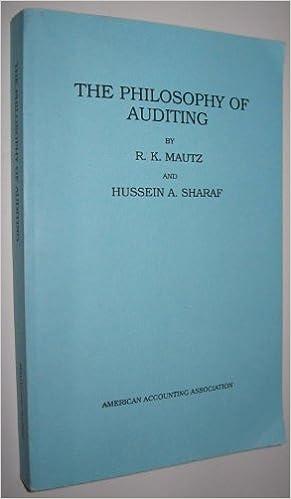On the left below are four audit tests. Identify the type of audit test it represents by picking the number from the pull down menu corresponding to the type of test on the right. Answers may be used once, more than once or not at all. Select 20 customer balances and confirm the amounts owed with the customers. Select a sample of 20 duplicate sales invoices. Examine the attached sales order for the signature of the credit manager to authorize credit 1. Substantive Test of Transactions 2. Substantive Test of Balances 3. Analytical Procedures Calculate expected commission expense by multiplying sales by the commission rate. Compare this expected amount with the recorded balance, and follow up appropriately. 4. Substantive Test of Disclosures 5. Test of Controls Select 20 sales recorded in the sales journal. Vouch each of these transactions to a copy of the sales invoice customer order and bill of lading noting quantities and amounts Listed on the left below are several different types of engagements that a CPA could complete. Indicate the level of assurance provided by the CPA for each engagement by selecting the number from the pull-down menu that corresponds to the correct answer on the right. Answers may be used once, more than once or not at all. An audit of financial statements conducted in accordance with ASB auditing standards. A compilation of financial statements of a private company 1. Reasonable assurance 2. Limited or negative assurance An audit of financial statements conducted in accordance with the PCAOB auditing standards. 3. No assurance A review of financial statements of a private company. Listed on the left side are different steps of the audit process. For each of these parts of the audit, indicate if analytical procedures are required, optional or not applicable during that part of the audit process (by selecting the appropriate number from the pull down menu corresponding the answer in the right hand column). When conducting tests of controls 1. Analytical procedures are required. Auditing the business processes. 2. Analytical procedures are optional. The planning stage of the audit. 3. Analytical procedures are not applicable. The completion phase of the audit









